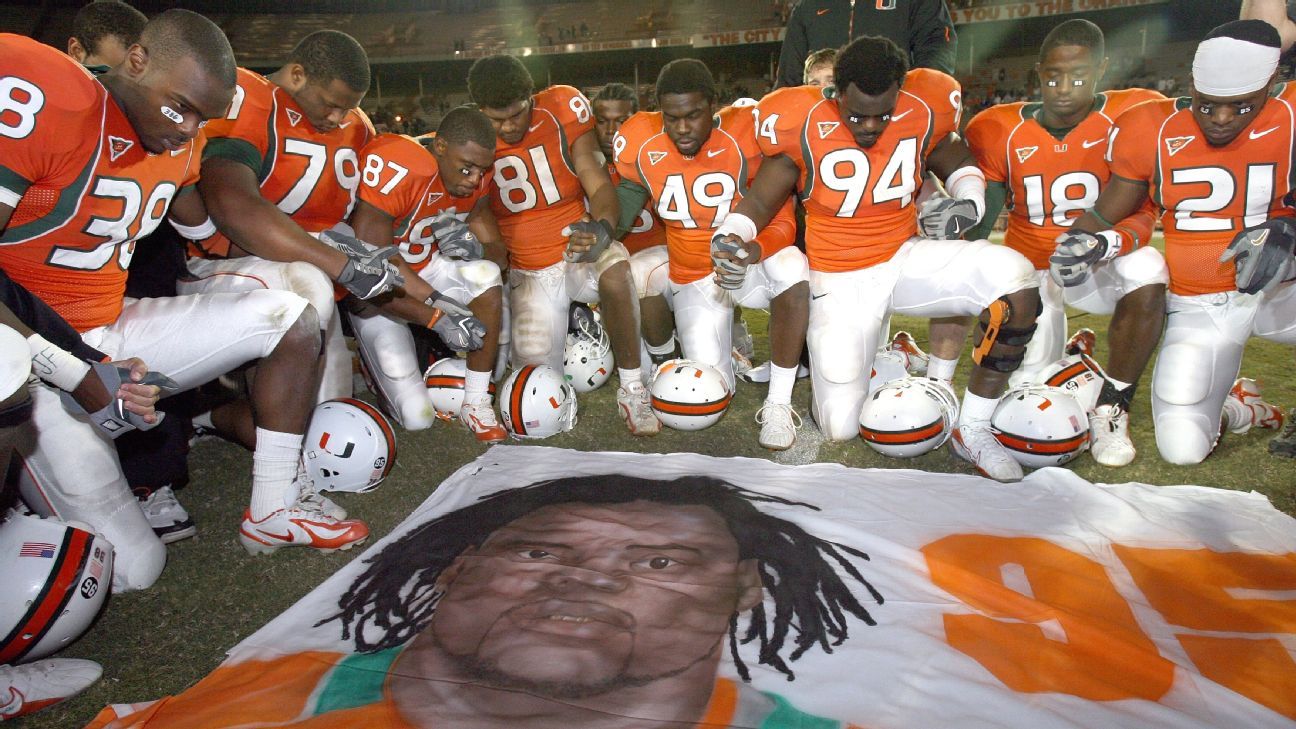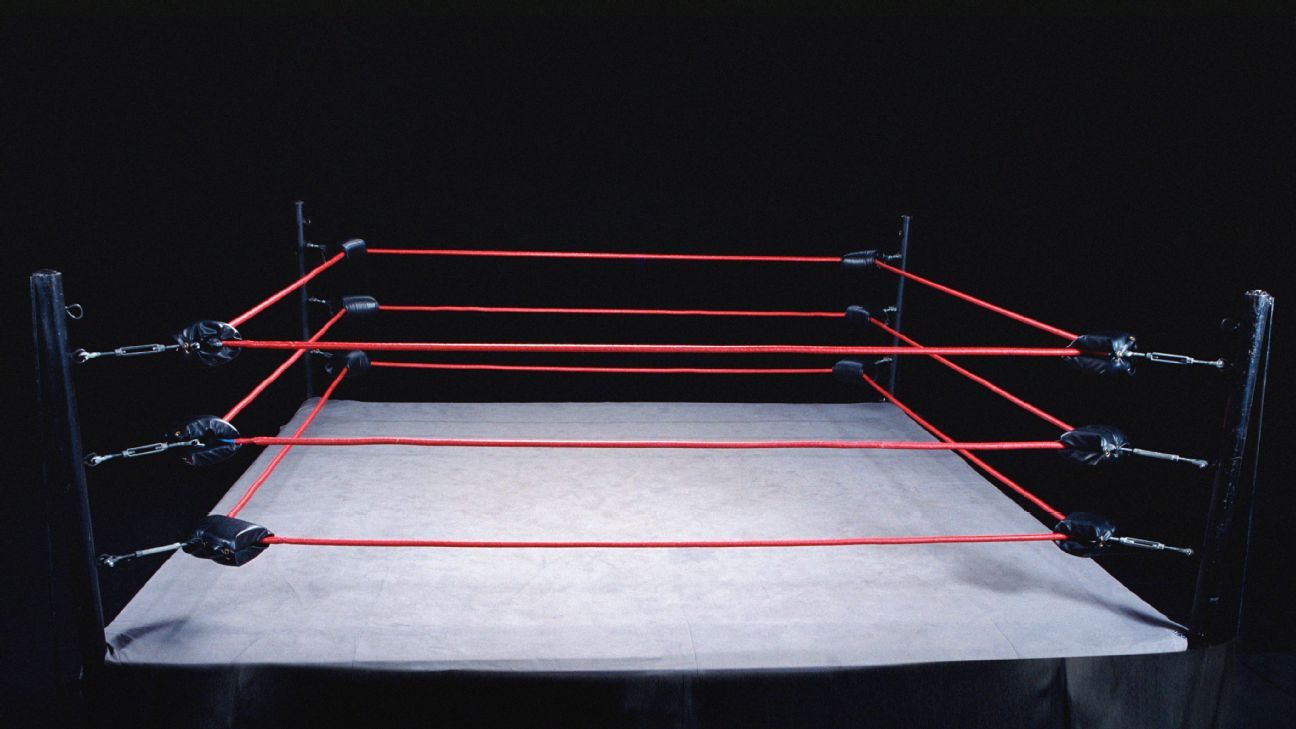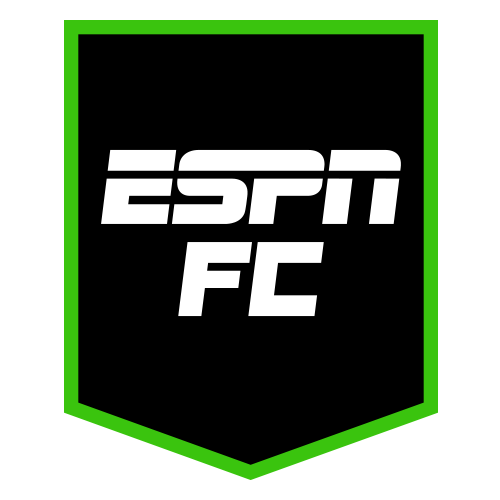
Stephania BellJul 23, 2025, 06:52 AM ET
- Stephania Bell is a senior writer and injury analyst for ESPN. Stephania is a member of the FSWA Hall of Fame and a certified orthopedic clinical specialist and strength and conditioning specialist. She also appears on "Fantasy Football Now" and the Fantasy Focus Football podcast.
Shohei Ohtani's return to the pitching rotation in mid-June took a number of people by surprise, especially those who thought Ohtani would never go back to being a two-way player. But Ohtani always wanted to pitch again. And, it seems only fitting that he was the one who ultimately decided he was ready to return.
Of course the signoff had come from his surgeon, Dr. Neal ElAttrache, a particularly weighty decision given Ohtani was coming off his second Tommy John surgery. Revision procedures (as second TJ surgeries are known) are known to require longer recovery and the success rate (as defined medically by return to prior level of performance) is traditionally less than that of a first TJ procedure.
Initial expectations
Ohtani was not expected to go deep into his first start back (on June 16) as he was still in his post-operative 'return to play' progression.
His velocity was strong for a first outing post-revision TJ. He hit triple digits at one point (100.2 mph) to register a tie with Michael Kopech for the second-fastest pitch of the season thus far by a member of the Dodgers. He threw a total of 28 pitches, half of them reaching 98 mph or higher.
As is often the case with a return from TJ surgery, velocity is initially strong (and sometimes enhanced by the adrenaline associated with a long-awaited return in front of a packed stadium) but pitch location remains more challenging. Through his interpreter, Ohtani acknowledged the excitement of his season debut on the mound, noting the plan was for him to stay around 95-96 mph but the "game intensity" led him to throw a bit harder.
Perhaps the most impressive part of the evening was Ohtani's transition from pitcher to hitter without even returning to the dugout. He swapped out his gear above the dugout steps and took his spot at the start of the batting order. His double to tie the game in the third inning served to remind everyone of his unicorn status as a two-way player.
Answering important questions
While the entire medical staff may have been holding their collective breath during his debut, Ohtani appeared to confidently move through the outing, just another step towards his role as a member of the starting rotation. But the true test would come in the days that followed. Would there be residual soreness or fatigue that would prevent him from maintaining a weekly start? Could he maintain his role as a DH while increasing his volume of work on the mound?
Those questions seem to have been answered in recent weeks with each outing building more confidence for both the player and the organization. Ohtani has been able to systematically progress his workload over the subsequent outings since his debut. He has made six starts, his most recent on Monday night against the Twins where he went three innings for the first time since surgery, throwing a total of 46 pitches.
Over that time there has been a smattering of 100+ mph pitches including the fastest pitch of his career (101.7 mph) against the Kansas City Royals in June. Perhaps more importantly there has been improvement of his pitch location at times, although the struggle for consistency persists. That's not uncommon when returning from any type of elbow surgery, but especially Tommy John.
How the Dodgers are handling his workload
Now that the second half of the season is underway, does this mean Ohtani will continue to ramp up to approach the work volume of a regular starter?
There may not be a straightforward answer.
Ohtani's progression has been meticulously planned thus far and the team will not just cut him loose based on a timestamp. Despite Ohtani's indication that he would like to hit the four inning mark, it's entirely possible the duration of each outing is driven more by his total work (how many pitches thrown per inning, the effort expended with those pitches, the location of his pitches) than a pre-determined number of innings.
It's important to note that rehab starts -- which technically Ohtani is still making -- serve a broader purpose post-UCL surgery than just building arm endurance or regaining command. The graft utilized for the UCL reconstruction is a tendon. That tendon has to adapt to the stresses imposed on it to become more ligament-like (referred to as "ligamentization" in the sports medicine world). After all, the tissue is now being asked to behave like a ligament, connecting bone to bone, to reinforce the medial elbow joint.
That tissue maturation process is biological and time-dependent (taking multiple months to over a year), regardless of how good the arm feels to the athlete or how well the pitches are delivered. As a result, the recovery after each outing is monitored closely and the decision about when to follow up on the mound and how deep to go into the game are calculated, albeit with flexibility built in depending on how the game evolves.
What to expect for the rest of 2025
Ohtani chose to forego minor league rehabilitation starts when he returned to pitching. The combination of the Dodgers' lack of depth at the position due to injury along with the ability to keep his bat in the lineup made it desirable for the organization. But it also meant turning what would normally be quiet, inconsequential, small venue starts into performances in front of a packed stadium of fans, looking for another trip to the World Series, hanging on Ohtani's every pitch. That element places an additional unquantifiable but definitive demand on the athlete which can translate to increased physical stress on the healing elbow.
This has not been your typical return to play progression.
Then again, nothing about Ohtani is typical. Most pitchers returning from a Tommy John revision surgery aren't simultaneously recovering from a labral repair on the opposite shoulder, hoping to recover their power swing. They're certainly not taking their spot in the lineup nightly, vying for a home run title, while they continue to work on their throwing in the shadows, steadily progressing from flat ground to bullpens to simulated games. And they definitely aren't putting themselves out under the bright lights, for all the world to see, when they throw their first post-op pitch in a game situation.
Ohtani is not entirely out of the woods. Consequently, the Dodgers will -- and should -- exercise appropriate caution with him. Ideally, his comfort with throwing, his command of his pitches and his total volume will peak at playoff time, not before.
It seems trite to say what has already been said so many times about Ohtani as a baseball figure, yet it remains true relative to his comeback from what could have been a career-threatening injury.
Pay close attention because what we're witnessing has never been done before.


















































